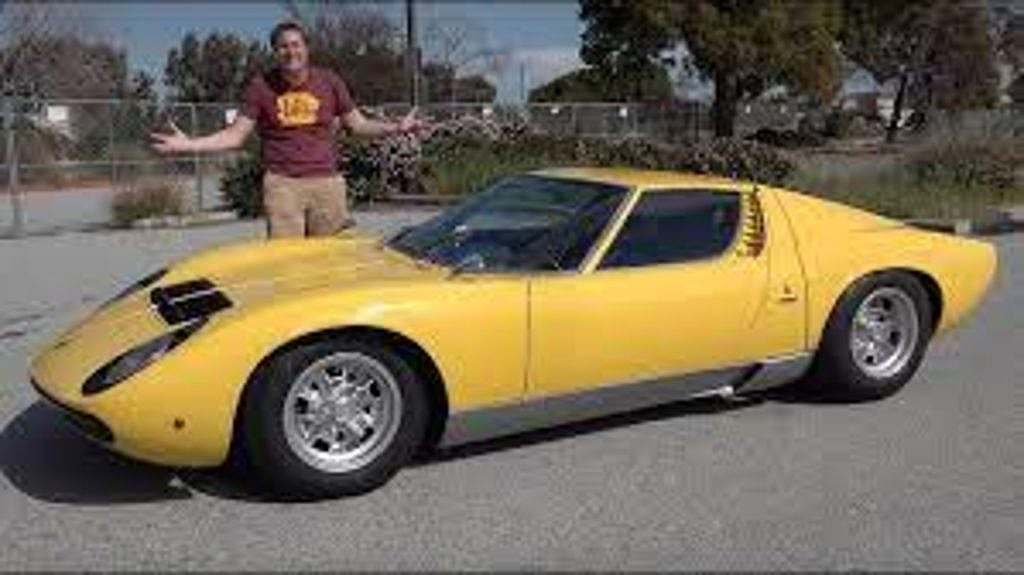Introduction: Embarking on the restoration journey of a classic car is akin to unraveling a mystery, with each disassembly revealing layers of history and craftsmanship. In this guide, we’ll delve into the art of disassembly in classic car restoration, exploring the delicate balance between preservation and transformation as skilled hands meticulously dismantle the vehicle, laying the foundation for its rebirth.
1. Respect for Originality: The process of disassembly begins with a profound respect for the car’s originality and heritage. Every component, from the body panels to the engine, bears the imprint of its history, and it’s essential to approach disassembly with care to preserve as much of this heritage as possible. Skilled restorers take meticulous notes and photographs, documenting the car’s original condition before carefully removing each part.
2. Methodical Approach: Disassembly is a methodical process that requires careful planning and organization. Skilled restorers follow a systematic approach, starting with the removal of easily accessible components before moving on to more complex assemblies. Bolts are carefully labeled and stored, ensuring that each part can be reassembled correctly during the restoration process. Patience and attention to detail are paramount, as rushing can lead to damage or loss of critical components.
3. Preservation of Patina: In some cases, the beauty of a classic car lies in its patina – the natural wear and aging that add character and authenticity to its appearance. During disassembly, restorers must strike a delicate balance between preserving this patina and restoring the car to its former glory. Some components may require minimal intervention to maintain their original appearance, while others may be carefully refurbished or replaced as needed.
4. Uncovering Hidden Surprises: As the disassembly progresses, restorers may uncover hidden surprises beneath the surface – from rusted body panels to worn-out mechanical components. Each discovery presents a new challenge to be addressed, requiring creative solutions and expertise to overcome. Skilled restorers draw upon their knowledge and experience to assess the extent of the damage and develop a plan for repair and restoration.
5. Documentation and Organization: Throughout the disassembly process, thorough documentation and organization are essential to ensure a successful restoration. Restorers keep detailed records of each component removed, including its condition, location, and any special considerations for reassembly. Parts are carefully cataloged and stored in labeled containers, minimizing the risk of loss or confusion during the restoration process.
6. Embracing the Journey: Disassembly is not merely a means to an end but an integral part of the restoration journey, offering insights into the car’s history and craftsmanship. Skilled restorers approach disassembly with a sense of reverence and curiosity, embracing the opportunity to uncover hidden secrets and unlock the car’s full potential. Each part removed brings the restoration project one step closer to completion, serving as a testament to the artistry and dedication of those who undertake this labor of love.
Conclusion: In the art of classic car restoration, disassembly is a delicate dance between preservation and transformation, where skilled hands carefully dismantle the vehicle, revealing its hidden treasures and preparing it for a new lease on life. By approaching disassembly with respect, methodical precision, and a passion for preservation, restorers lay the foundation for a successful restoration that honors the car’s heritage and ensures its legacy for generations to come.



